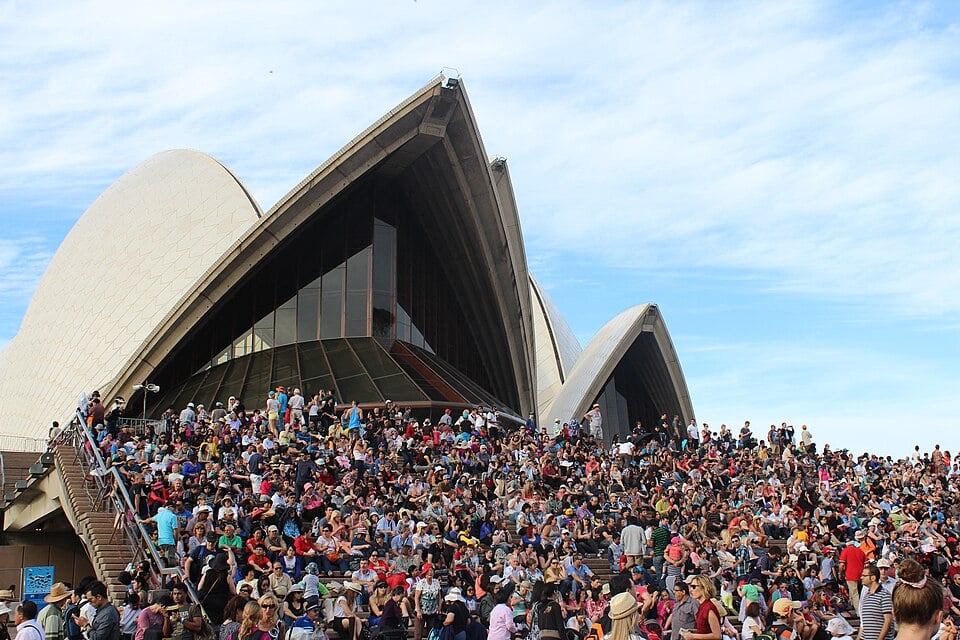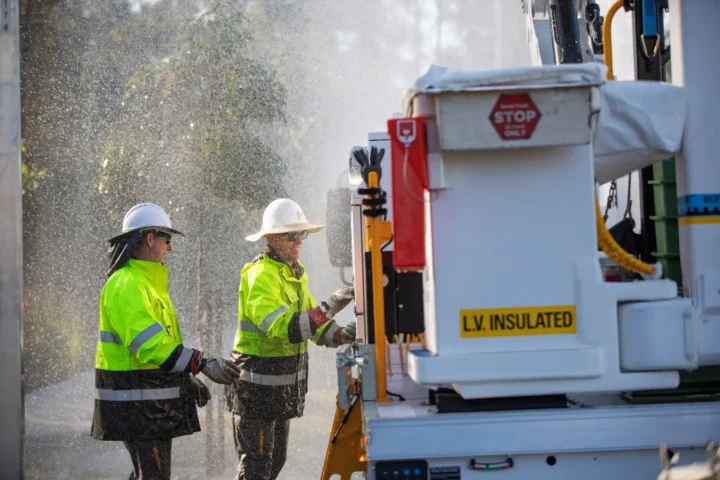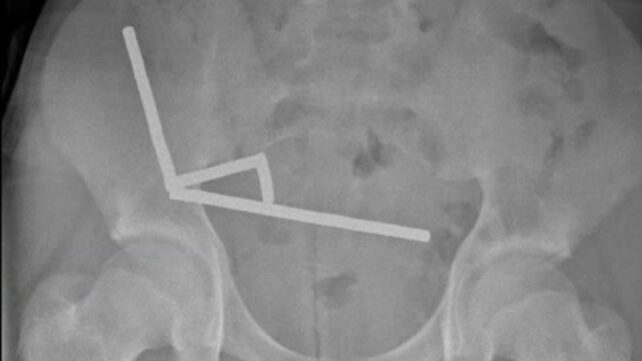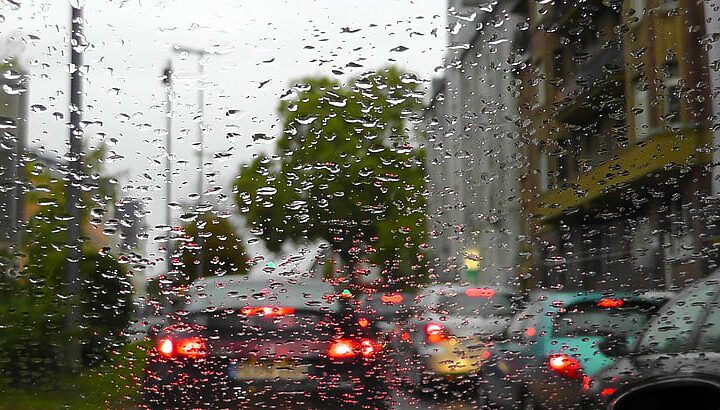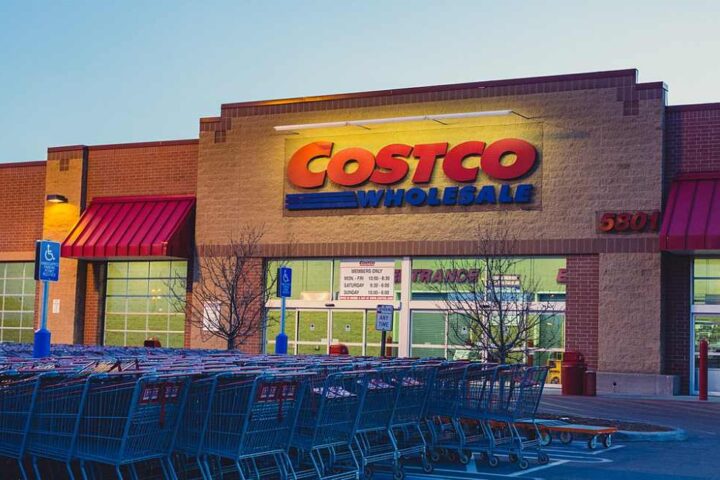Australia’s job market has taken a sharp turn, with unemployment climbing to 4.3% in June 2025 – the highest level since November 2021. This shift comes just weeks after the Reserve Bank of Australia controversially held interest rates at 3.85% in July.
According to the Australian Bureau of Statistics (ABS), the economy added just 2,000 jobs last month, significantly below analyst expectations of around 20,000. More concerning is the composition of these numbers: full-time positions fell by 38,200 while part-time work increased by 40,200, suggesting a shift toward more casual employment arrangements.
For young Australians, the situation appears particularly challenging. Youth unemployment jumped from 9.5% to 10.4% in June, as confirmed by Westpac economic analysis, reaching its highest point in 3.5 years.
“The labor market is clearly cooling faster than the RBA anticipated,” said Callam Pickering, economist at job site Indeed. “The RBA’s July hold has aged like milk. They won’t make the same mistake twice.”
Labor Market Shows Growing Slack
Hours worked fell by 0.9% in June, while the labor force participation rate edged up to 67.1%. The ABS reported that 33,600 more people were classified as unemployed, partly reflecting the increased participation rate.
The underemployment rate – which measures workers who want more hours – stands at 6.0%, according to ABS data. When combined with the unemployment rate, total labor underutilization is approximately 10.3%, indicating significant unused capacity in the job market.
Consumer confidence remains subdued despite previously low unemployment figures. The Westpac-Melbourne Institute Consumer Sentiment Index registered at 93.1 in July, up slightly from 92.6 in June, but still well below the neutral 100 mark that separates optimism from pessimism.
Market Reaction and Rate Cut Expectations
Financial markets responded swiftly to the jobs data. The Australian dollar fell approximately 0.7%, bond yields declined, and the ASX reached record highs as investors increased bets on interest rate cuts.
Trading in interest rate futures now shows markets pricing in a high probability of a rate cut at the RBA’s August meeting, with Reuters reporting expectations above 85%.
“June’s unemployment spike makes the July hold look like a policy error,” said Abhijit Surya, economist at Capital Economics. The RBA had previously cited volatile monthly inflation data and the need to wait for quarterly CPI figures (due July 30) as reasons for holding rates in July.
Global Pressures and Tariff Impacts
External factors are also weighing on Australia’s job market. The ABC reports that RBA Deputy Governor Andrew Hauser has warned of “profound” impacts from tariffs implemented by the Trump administration.
“Trump’s tariffs are nipping at hiring plans – the RBA must ‘get a wriggle on’ with cuts,” noted Harry Murphy Cruise from Oxford Economics.
The OECD recently reduced its global growth forecasts from 3.1% to 2.9%, adding to concerns about external economic pressures.
Productivity and Structural Challenges
Australia faces significant productivity challenges. Data reported by The Australian indicates labor productivity has declined approximately 6% since March 2022, which presents a potential inflation risk if not addressed.
A contrarian perspective comes from Paula Gadsby at EY, who notes: “The labor market remains tight, with underutilization near record lows when viewed from a longer-term historical perspective.”
Similar Posts:
What This Means for Australians
For mortgage holders, a 0.25% rate cut would likely reduce repayments, though specific savings would vary based on loan amount and terms. Savers should prepare for potentially lower returns on deposits if rates decline.
Job seekers might want to focus on sectors showing resilience, such as healthcare and public administration, according to recent job posting data.
Current unemployment (4.3%) remains below the 2010-19 average of approximately 5.5%, as reported by Indeed’s Hiring Lab, providing some historical context to today’s figures.
Inflation Data and the August Decision
All eyes now turn to the June quarter Consumer Price Index (CPI) data, due for release on July 30, which will be crucial for the RBA’s August decision.
The most recent monthly CPI indicator showed headline inflation at 2.1% in May. The ABS reported that electricity prices rose 1.1% over the year (including government rebates) but would have increased by approximately 17.7% without these rebates.
Most economists believe the RBA’s threshold for a rate cut is a trimmed mean inflation reading at or below 2.7%. David Bassanese from BetaShares has described such an outcome as making an August rate cut “a slam dunk.”
Markets are currently expecting multiple cuts by the end of 2025, though the exact number and timing remain subject to incoming economic data.

Looking Ahead
The June labor market data represents what Financial Standard describes as a “curveball” for the RBA, forcing policymakers to reconsider their stance on monetary policy.
While the unemployment rate has increased, it’s worth noting this partly reflects more Australians entering the labor market, with the participation rate near historic highs. This suggests confidence in job prospects despite the headline figures. The RBA’s August meeting outcome largely depends on the July 30 inflation data, with most analysts watching for signs that inflation pressures are sufficiently contained to justify lower interest rates.
Frequently Asked Questions